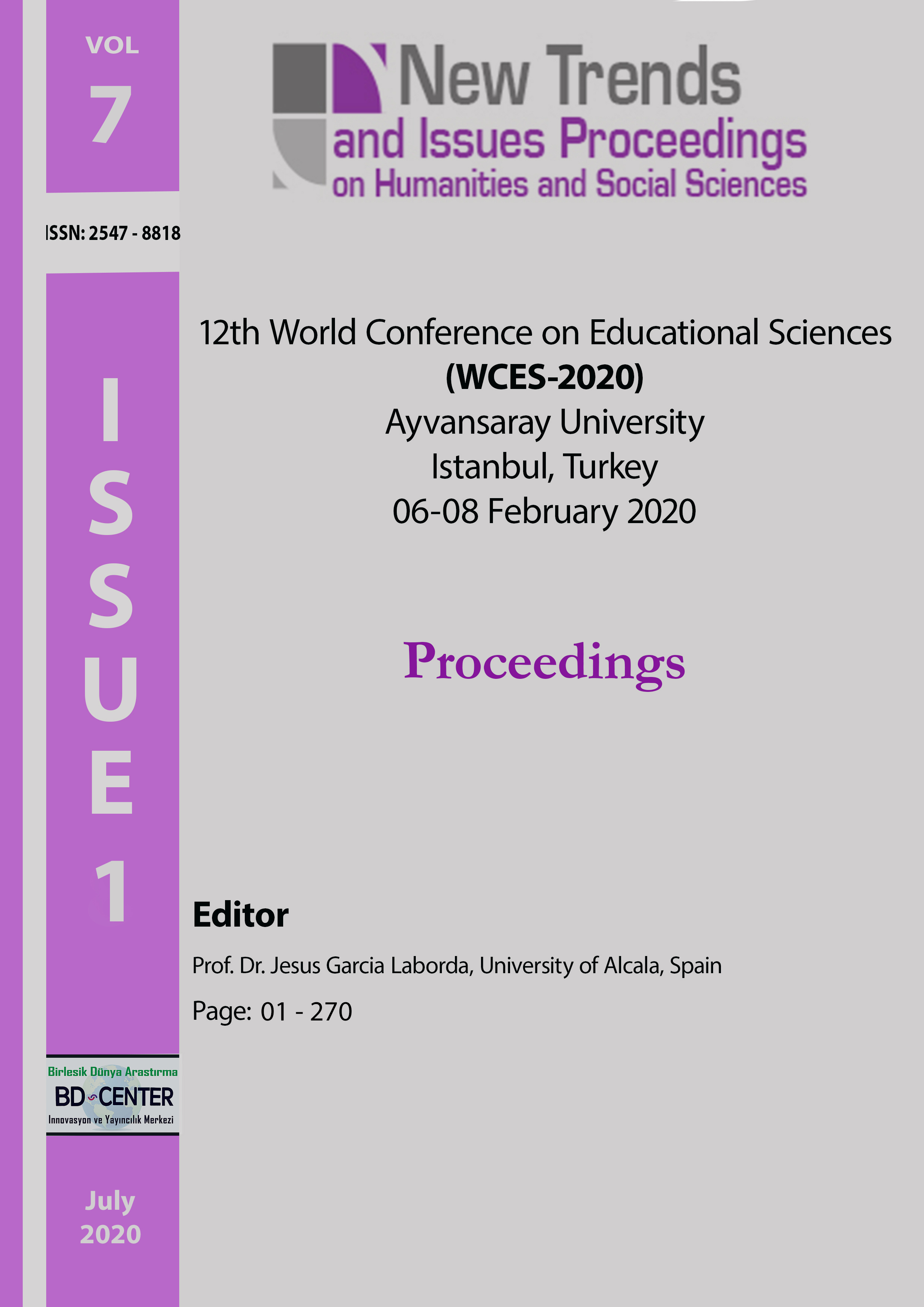An instructional design for vocabulary acquisition with a hidden disability of dyslexia
Main Article Content
Abstract
The focus of this study is on an undiagnosed language learner with Dyslexia, facing problems in vocabulary acquisition. The purpose of this study is to enable the learner to acquire a pre-defined number of vocabularies within a given time limit. The method of this study is a case study in a real-life context with quantitative evidence that relies on multiple data collection tools, such as checklist, interviews, questionnaire and report cards of the learner. The results of this study demonstrate that the capability of the dyslexic learner can be increased to acquire 55 vocabularies in a week, which is the same number expected from their peers. The performance increase of the learner can be attributed to a new method of learning English vocabulary through game-based learning supported with spaced repetition. The individualised instruction designed for self-learning can be transformed into a group-based instruction in a classroom setting for anyone experiencing difficulties in vocabulary acquisition.
Keywords: Instructional design, performance increase, dyslexic learners, game-based learning, retention.
Downloads
Article Details

This work is licensed under a Creative Commons Attribution 4.0 International License.
Authors who publish with this journal agree to the following terms:- Authors retain copyright and grant the journal right of first publication with the work simultaneously licensed under a Creative Commons Attribution License that allows others to share the work with an acknowledgement of the work's authorship and initial publication in this journal.
- Authors are able to enter into separate, additional contractual arrangements for the non-exclusive distribution of the journal's published version of the work (e.g., post it to an institutional repository or publish it in a book), with an acknowledgement of its initial publication in this journal.
- Authors are permitted and encouraged to post their work online (e.g., in institutional repositories or on their website) prior to and during the submission process, as it can lead to productive exchanges, as well as earlier and greater citation of published work (See The Effect of Open Access).
